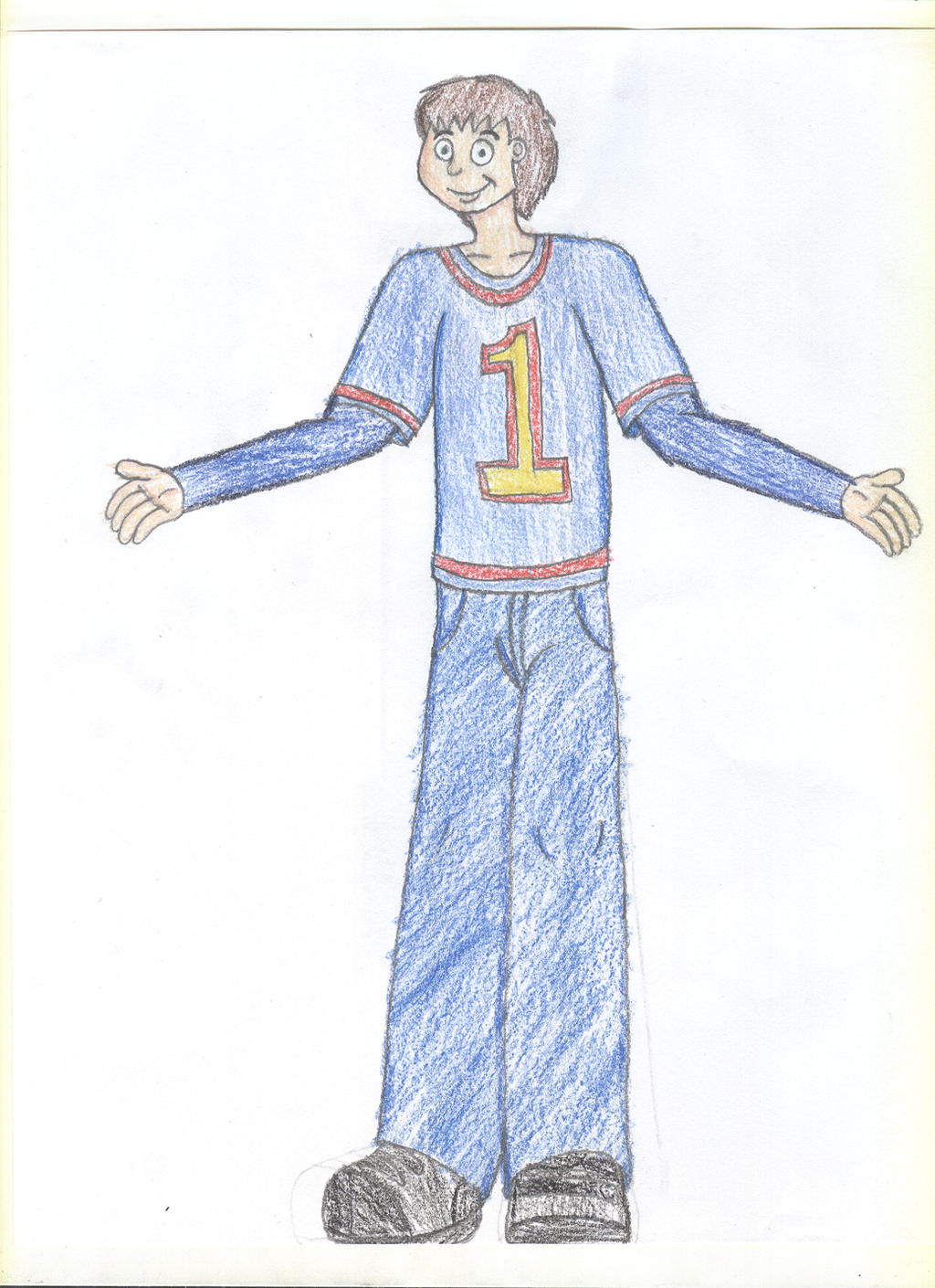In the realm of animated characters, few have captivated the hearts and minds of audiences as profoundly as Thomas the Tank Engine. Created by Rev. W. Awdry in the mid-20th century, Thomas has evolved significantly from a mere children’s storybook character to an emblematic figure within a vast media franchise. The identity of Thomas involves more than his bright blue exterior and cheery disposition; it embodies themes of friendship, resilience, and moral integrity, resonating with generations of viewers around the globe. This exposition delves into the multifaceted identity of Thomas, exploring the underlying themes that contribute to his enduring popularity.
At the core of Thomas’s identity lies his role as a character that embodies optimism and determination. Thomas’s adventures on the fictional Island of Sodor transcend the banal struggles of daily life. From overcoming adversities to building lasting friendships with other characters, Thomas serves as an archetype of wit and perseverance. This persistence encourages young audiences to adopt a proactive stance toward their own challenges, fostering a mindset of growth and resilience. This lesson, often implicit, shapes the narrative framework within which children engage with complex life scenarios.
Thomas’s identity is also intertwined with his modernization, reflecting an ongoing evolution that mirrors societal changes. The original series, with its traditional narrative structure and moral simplicity, has adapted over time to accommodate contemporary values and challenges. In recent adaptations, the inclusion of diverse characters and progressive themes articulates a more nuanced social consciousness. These enhancements not only rejuvenate Thomas’s character but also broaden his appeal, making him relevant to current audiences. This adaptability is crucial in a world marked by rapidly shifting perspectives, allowing Thomas to sustain his essential qualities while simultaneously evolving to reflect contemporary realities.
The sociocultural implications of Thomas’s character are particularly noteworthy. He represents not only an engaging storytelling vehicle but also encapsulates deeper socio-ethical concepts. For instance, Thomas and his friends often grapple with dilemmas reflecting cooperation, responsibility, and empathy. These interactions offer viewers a lens through which to evaluate their own social responsibilities and relationships. The narrative framework of teamwork among Thomas and other characters, such as Percy and Gordon, emphasizes that collaboration often leads to more favorable outcomes than solitary endeavors. This lesson resonates with children, as it mimics social structures within their own lives, fostering an understanding of community and partnership.
Moreover, a critical element contributing to the identity of Thomas involves his distinct anthropomorphism. Unlike conventional machines, Thomas and his companions exhibit human-like emotions and thoughts, which endears them to audiences. This portrayal enables viewers, especially children, to empathize with the characters, fostering emotional connections that enhance the storytelling experience. In portraying Thomas with traits such as enthusiasm, curiosity, and sometimes even naivety, creators allow him to act as a relatable figure. These anthropomorphic qualities amplify the character’s resonance, encouraging children to explore their own emotional landscapes.
In examining the environmental considerations inherent in the Thomas franchise, one notes the pivotal role of sustainability within the narratives. The fictional Island of Sodor serves not only as a backdrop for adventures but also as a microcosm for broader ecological principles. Storylines often ingeniously intertwine the importance of environmental stewardship, responsible resource management, and the impact of pollution. This ecological lens invites young viewers to contemplate their relationship with nature and the importance of preserving our planet’s delicate ecosystems. The character of Thomas, with his innate curiosity about the world, encourages children to engage with environmental issues, cultivating a generation of individuals who are more cognizant of their ecological footprint.
The various adaptations and spin-offs stemming from Thomas the Tank Engine illustrate the character’s extensive impact and the multifarious ways in which his identity can manifest. Beyond television shows, Thomas has reached audiences through toys, apps, and merchandise, each iteration helping to entrench his significance in popular culture. This proliferation of content serves not merely as commercial ventures; they encapsulate narratives that traverse generational divides, inviting new audiences while reaffirming the loyalty of long-time fans. As Thomas embarks on new adventures, his identity morphs, allowing both old and new generations to see reflections of their own experiences within the stories presented.
The interplay between tradition and innovation, optimism and realism, fosters a profound dialogue about identity through the lens of Thomas. He emerges not only as a symbol of joy and adventure but also as a conduit for deeper values and lessons that extend beyond mere entertainment. This complexity elevates Thomas’s character, inviting audiences to engage with diverse themes including empathy, responsibility, and environmental consciousness. In doing so, the stories of Thomas become enriching educational experiences, nurturing curiosity and fostering an awareness that extends into the wider world.
Ultimately, the enduring appeal of Thomas lies in his profound ability to provoke thought and inspire curiosity. His journeys compel viewers to reflect on their own lives, invoking questions about resilience, friendship, and stewardship of the planet. As we explore the intricate identity of Thomas the Tank Engine, we uncover layers of meaning that illuminate the character’s significance beyond mere nostalgia, enriching the narrative tapestry that continues to engage audiences worldwide.
